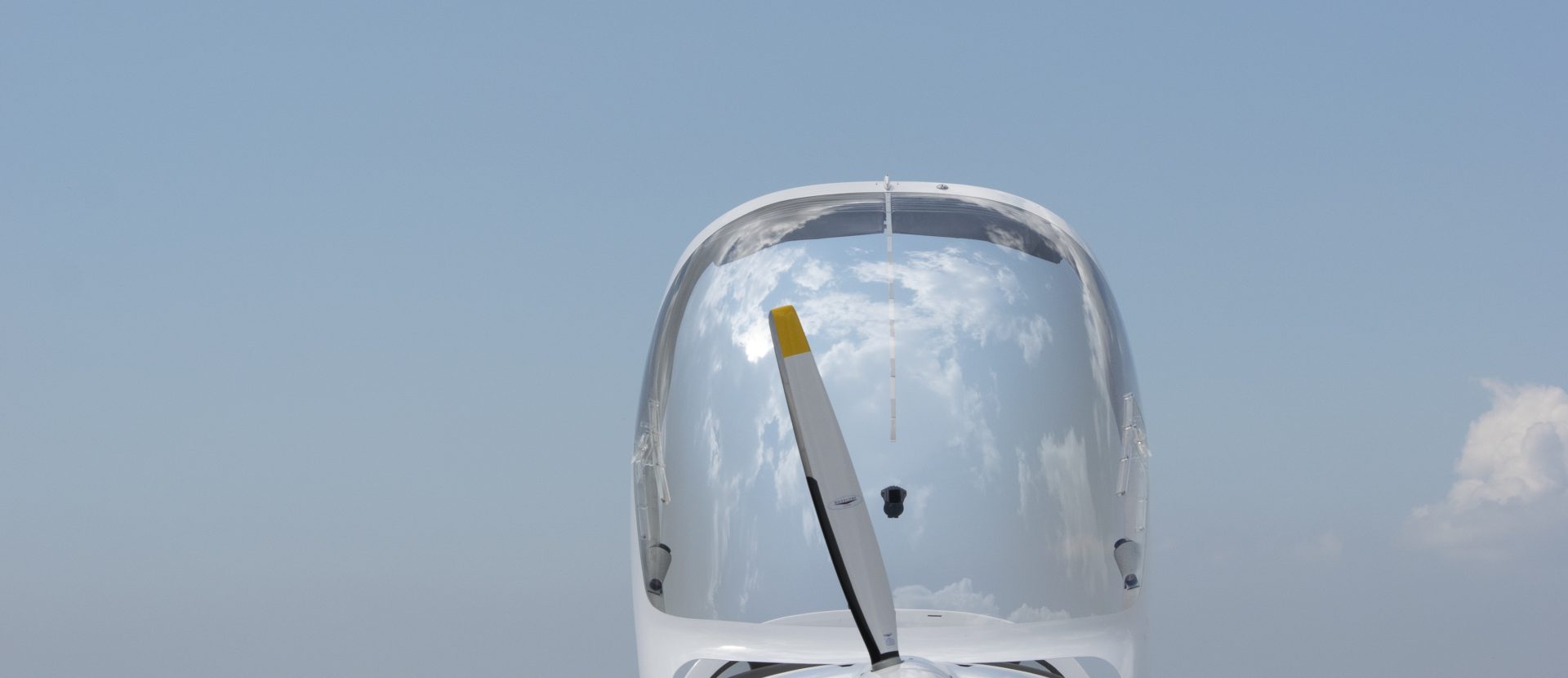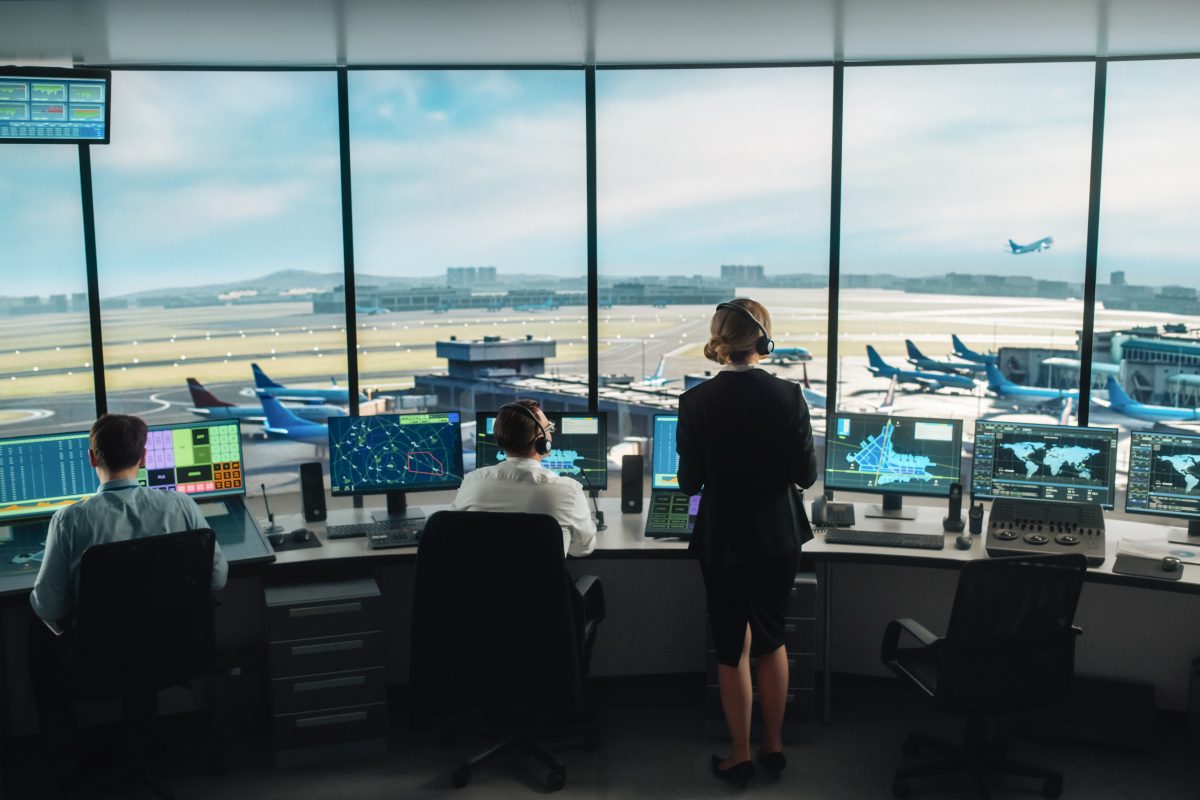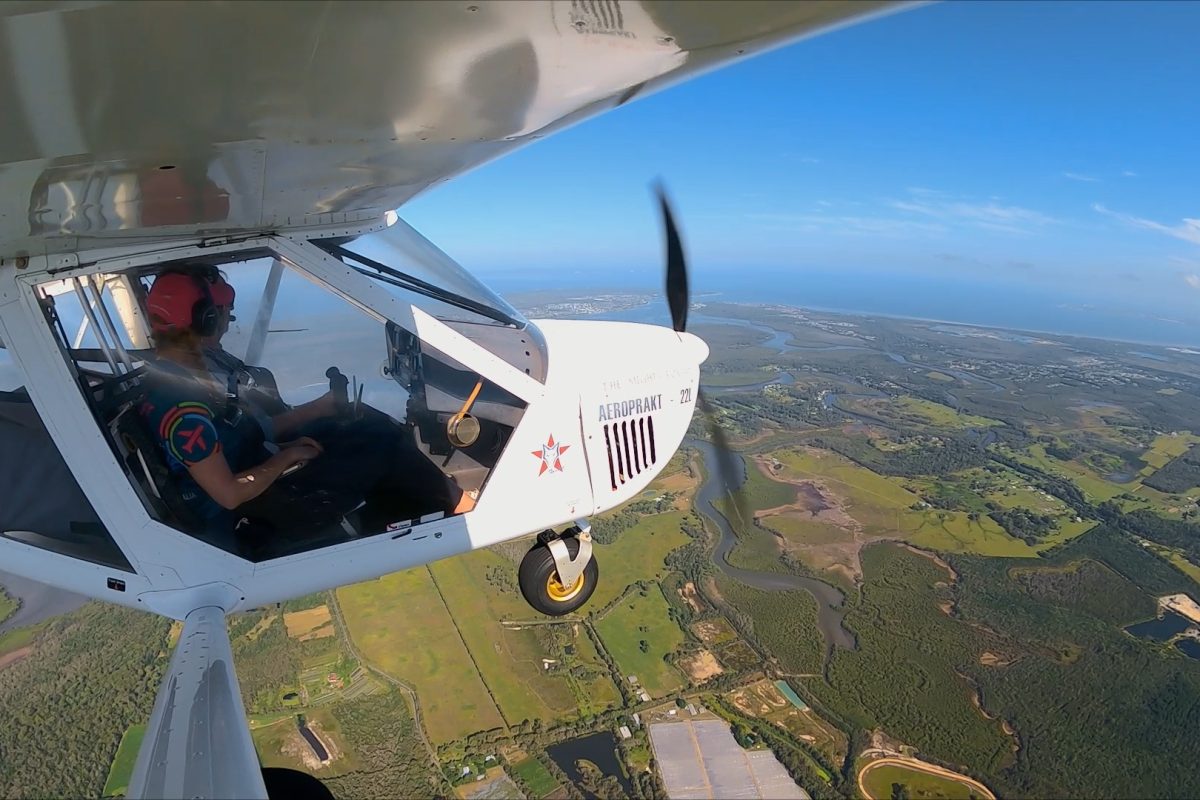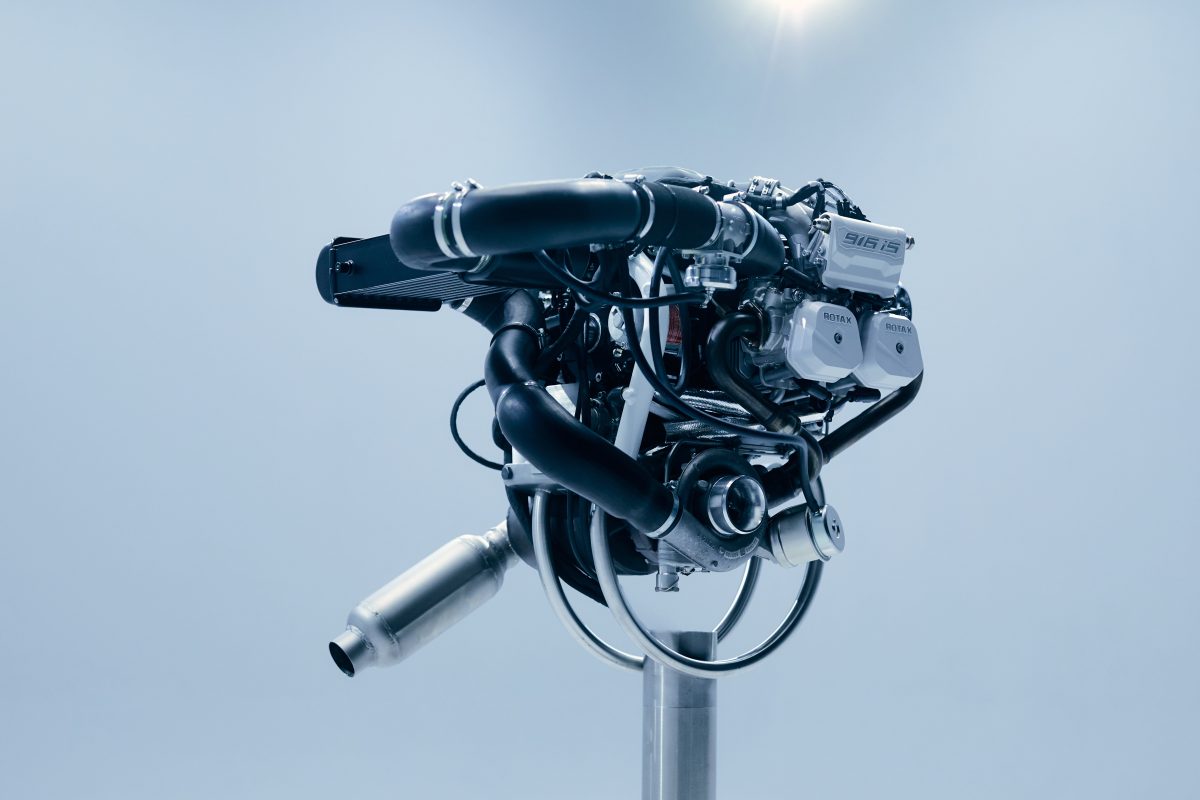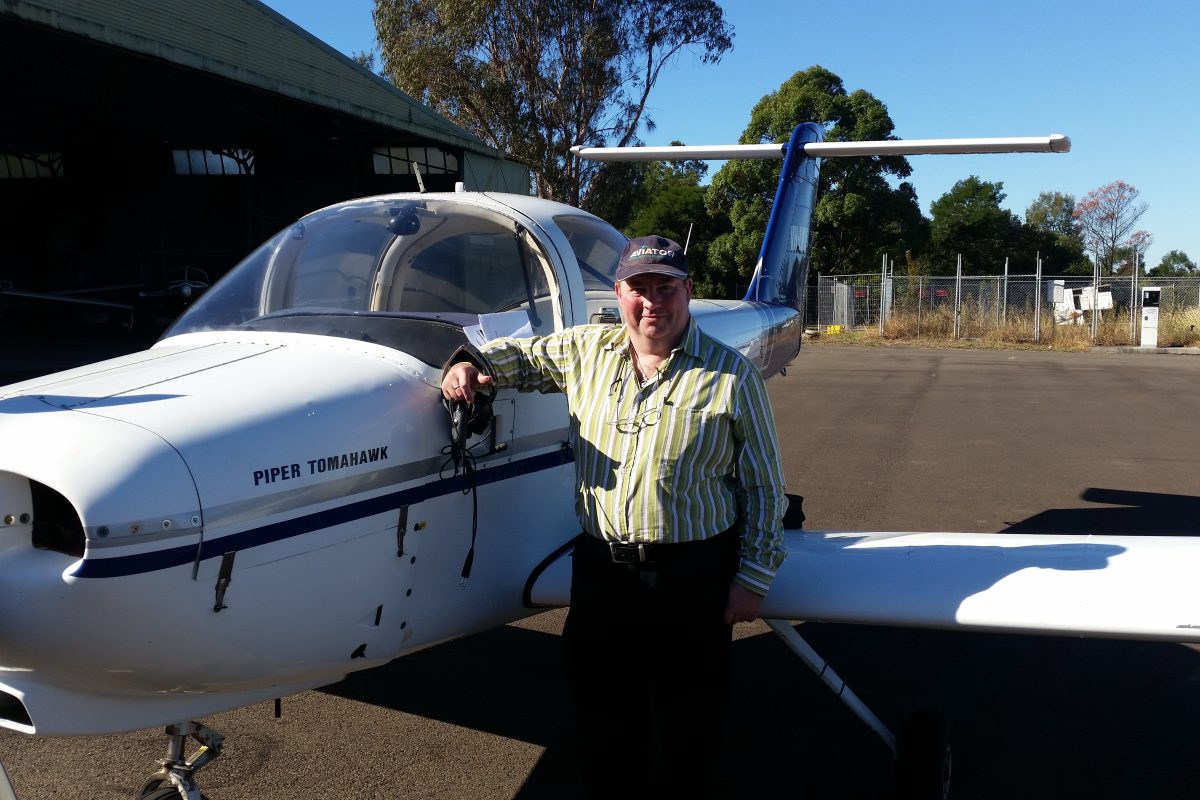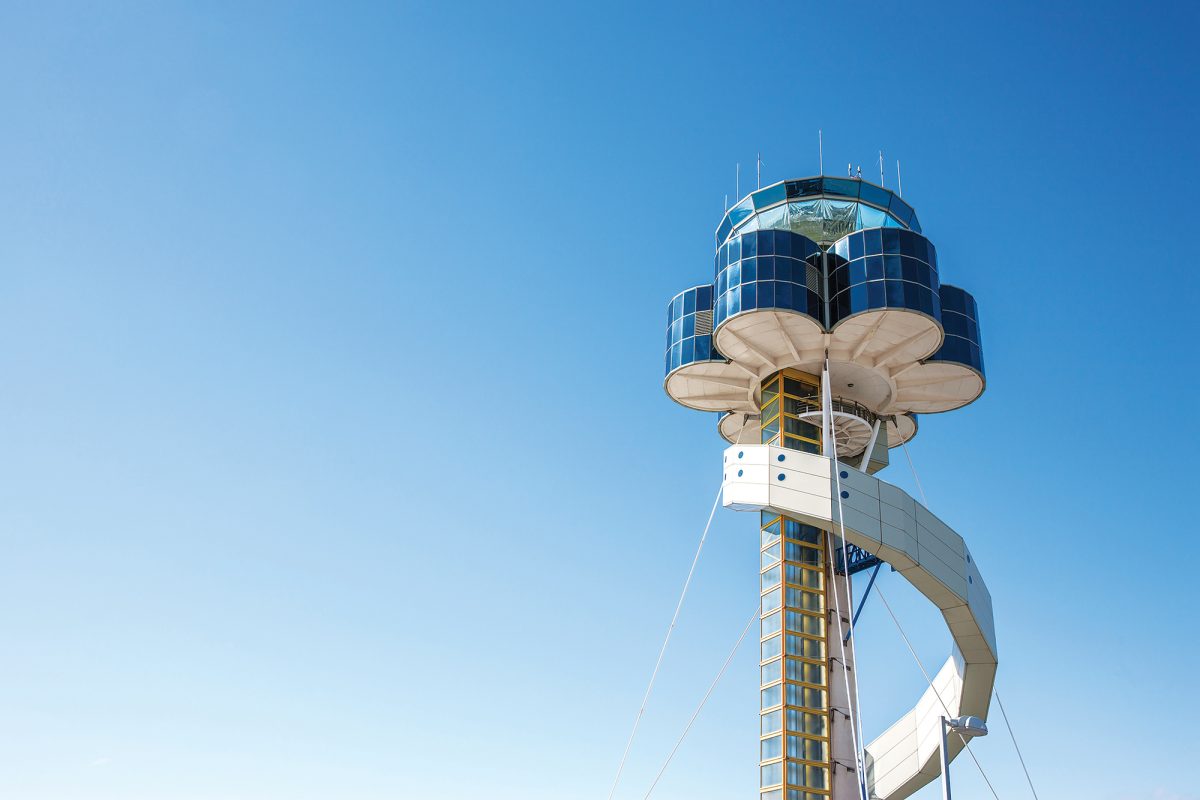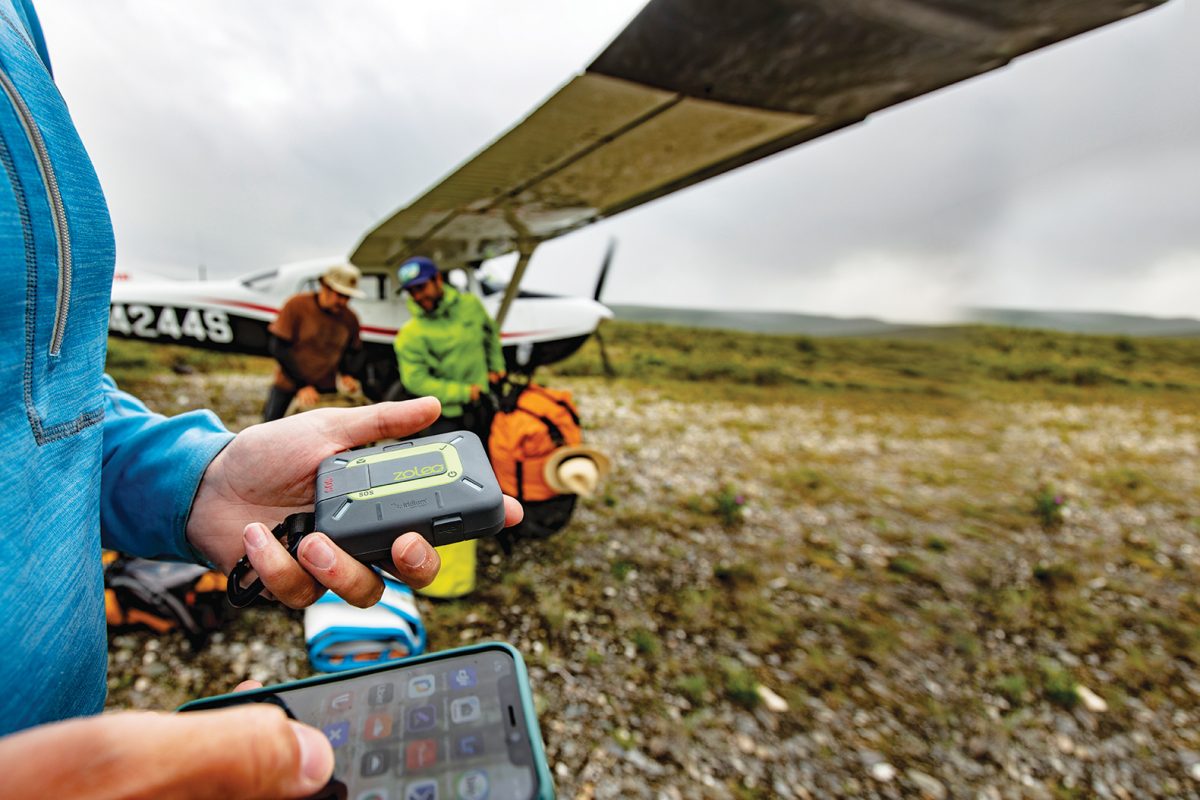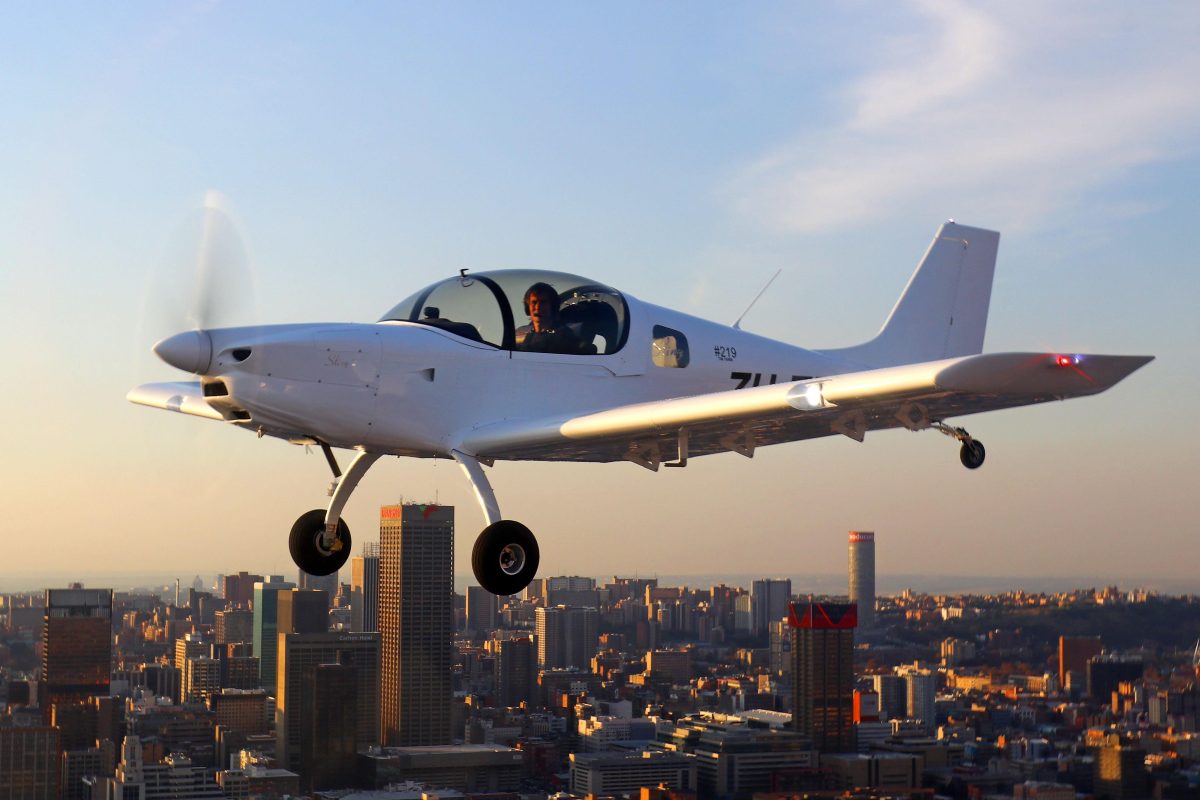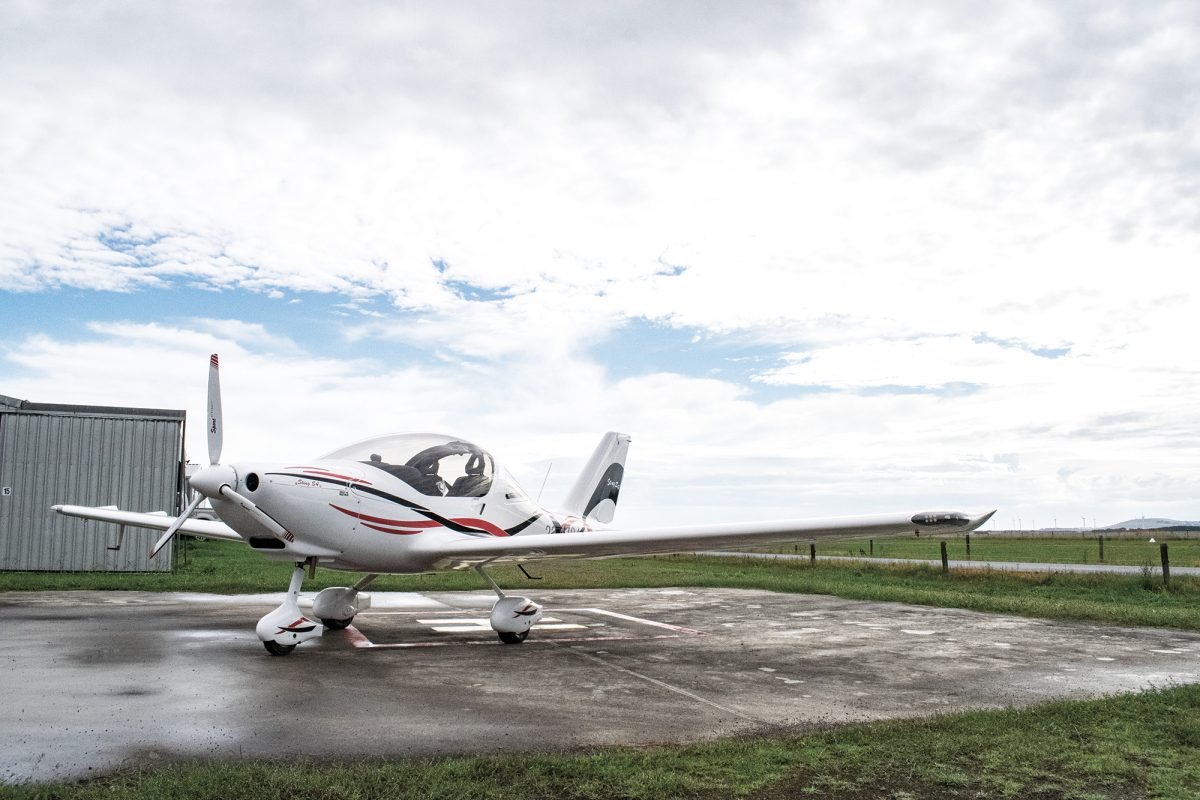SPORTPILOT TAKES A LOOK AT THE HIGHER-END OF THE LSA MARKET, AND IT DOESN’T DISAPPOINT.
In this job, you come across your fair share of sleek, low-wing, European aircraft. While they’re always easy on the eyes and often a pleasure to fly, they have a potential to slip into the “more of the same” category. Every now and then though, there comes along an aircraft that reinvigorates your love for these stylish, streamlined machines.
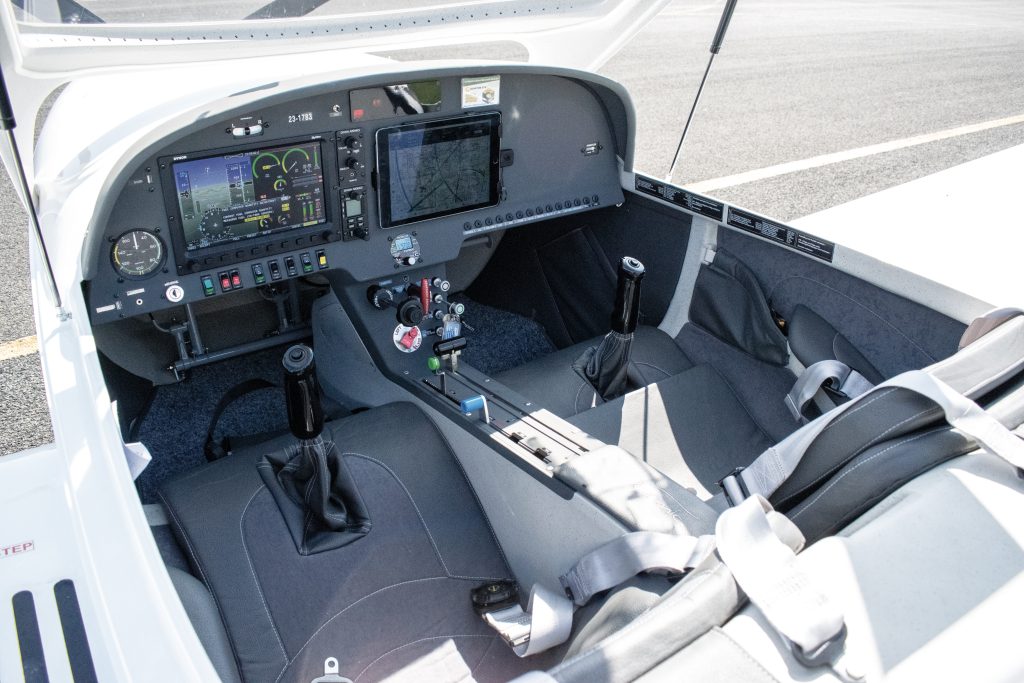
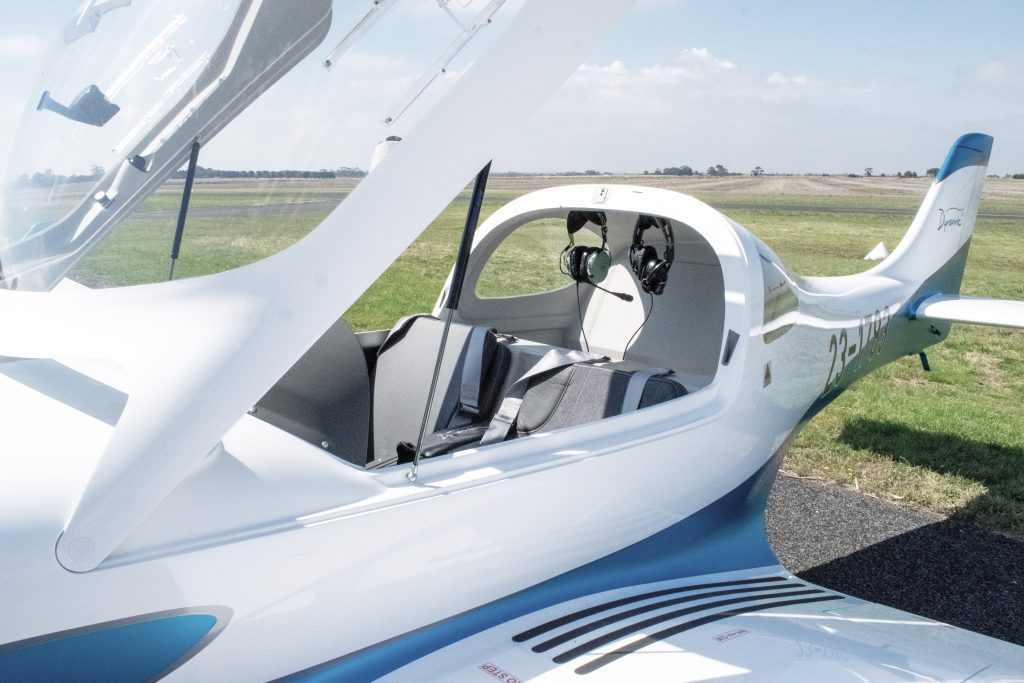
It was mid-morning when the radio broke the silence at Lethbridge Airport (YLED). Ed Jones and I had scrambled to get to the airfield at the crack of dawn to meet Michael Xeni, the Australian dealer for Aerospool, who was flying over from Lilydale (YLIL) to show off his WT9 Dynamic. We were met with a thick fog that increased in density, determined to delay our meeting. After a few hours it had cleared out, and soon after the radio call sent us outside to get a first glimpse of the WT9 as it came in.
Coming in on a fairly flat approach, the WT9 immediately caught our eye as Michael expertly touched her down and taxied over to the apron. First impressions are everything as they say, and the WT9 certainly makes a good one. Walking over to the aircraft, it was immediately obvious we were dealing with a plane that is truly top of its class.
The Slovak LSA, with its long wingspan and smooth lines, has an air of class about it. The vast majority of light aircraft follow a fairly strict utilitarian design approach, but the WT9 boasts a few extra finishing touches that bring a little aestheticism to its design. As Michael taxied from RWY 28, the 3-axis silhouette approached with a sleek style, low – but with comfortable prop clearance. The closer we inspected, it became increasingly apparent that this aircraft had been extremely well designed and planned.
An immediate word comes to mind; seamless. Elegant wheel fairings, beautifully moulded wing roots and flexible seals over every control surface hinge make this aircraft almost feel like it was carved out from a single piece. Of course, these aren’t purely aesthetic touches either, each one is specifically designed to minimise drag as much as possible. They just happen to look pretty too.
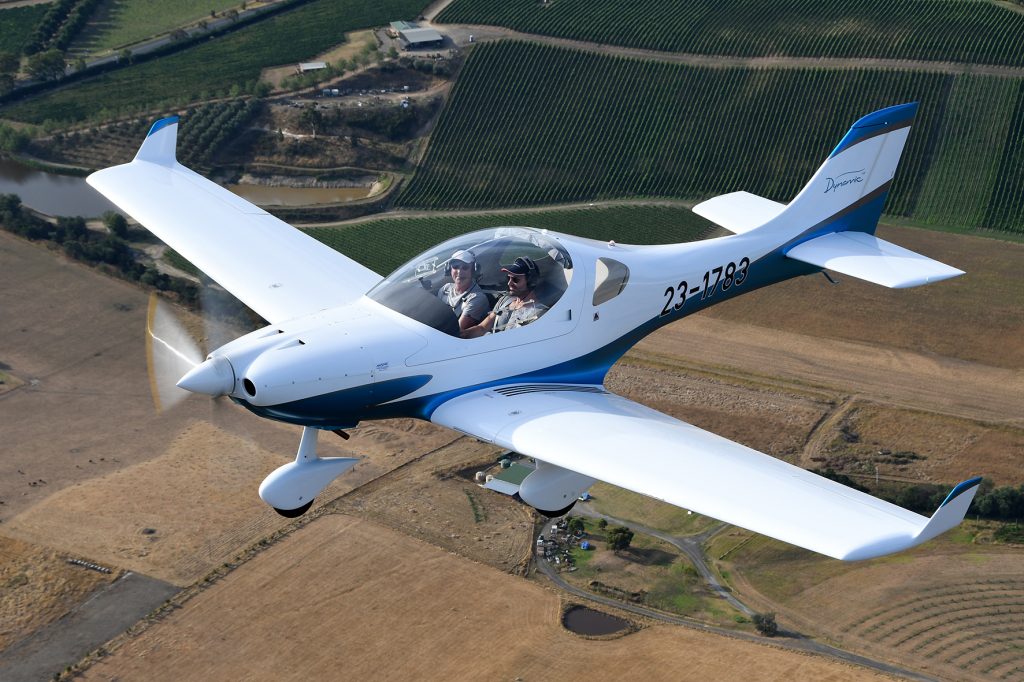
Introducing ourselves to Michael, we inspected the WT9 a little closer, noting some pretty interesting features. The leading edge of the wings are home to some razor-sharp stall strips, coupled with a stall warning device. A quick test and the stick vibrates intensely – the pilot’s safety net for a near-stall event. It’s a nice touch. This WT9 is fitted with a TRX 1500 anti-collision system that beeps warnings through your headset should you come too close to another aircraft, fitted with a transponder or ADS-B Out. Safety was clearly at the forefront of the minds at Aerospool for this design, with the ballistic parachute option as well.
We climb into the cockpit – it’s built for comfort, with a spacious 90 litre baggage compartment accessible behind the seats. Lifting the front-hinged bubble canopy was extremely easy, thanks to twin gas struts taking the brunt of the weight. It’s a step-up from our RV6 struts – the WT9 canopy lifts like it wants to, and easily comes down again. Jumping in, it’s a bit like getting into a low sports car, as Michael explains his method is to first sit above the chair, then wriggle down into the leather and strap into a modern fourpoint harness.
The ergonomics and comfort are obvious, including the seats – they’re fixed in position, but with mechanical spring-adjustable pedals. You’ll find headset hooks behind your seats, placed here with audio jacks – no more tangled mess across your lap. The floor has been constructed to include a natural footrest for passengers, ensuring a comfortable position away from the pedals. They’re small features, but aviation comfort is made of one-percenters and the WT9 doesn’t disappoint.
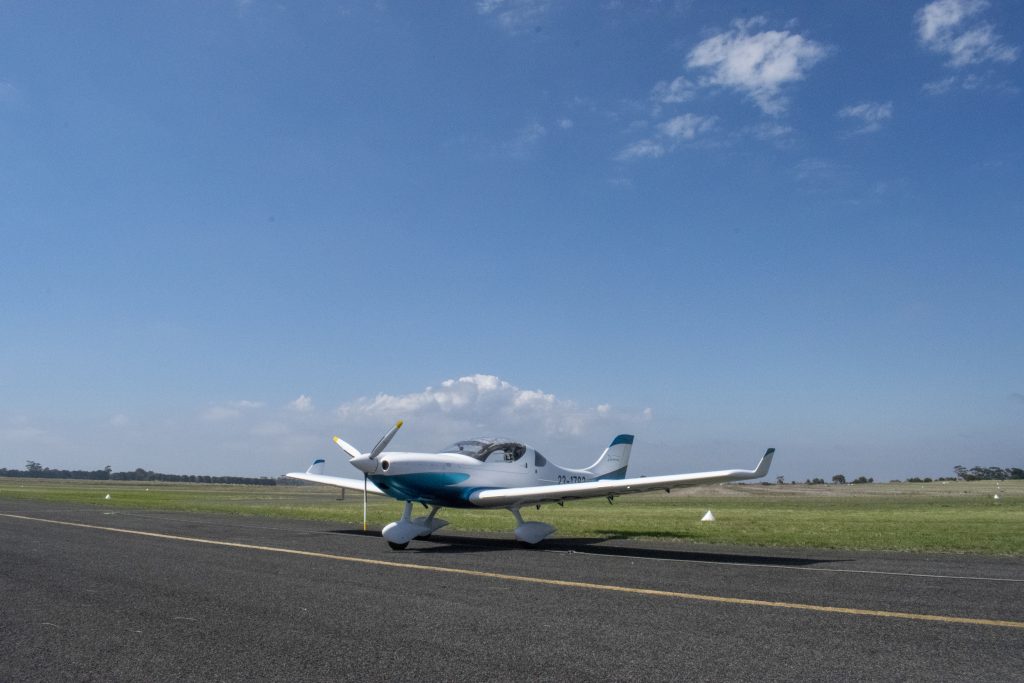
The dash is simple but elegant. ADS-B In, a single Dynon SkyView EFIS in front of the PIC seat, and a removable iPad mounted on the right to host the EFB of your choice. Full glass, full steam – or a combination of the two. A lone airspeed indicator had also found its way in, as a quick reference and a backup to the digital instruments. This one’s a demo, so part of its job is showing its options. Your controls are colour-coded, with different knobs and handles, to assist the pilot. It’s a touch busy in the centre, but intuitive.
Low-wing aircraft are notorious for getting more than a little hot under the Aussie sun, but thankfully the WT9 comes with a retractable sunshade (painted top options are also available) and two sliding DV panels and fresh air vents, helping to keep temperatures down inside the cockpit. It’s one of the most well-ventilated aircraft we’ve been in.
Soon after, Ed jumped out of the left seat and Michael took his place. It was time to take the WT9 up and see how it performed. Buckling in my 4-point harness I watched as Michael took the WT9 through its preflight checks, starting up the venerable Rotax 912ULS. We continued through the checks and were ready to pull the canopy down and enter the runway when we realised, we still hadn’t put our headsets on. A testament to just how quiet Aerospool have made this aircraft, we were able to talk between each other without yelling as we sat with engine running and canopy up.
We taxied out to the runway and turned up the power, quickly climbing into the sky. Aerospool states that the WT9 has a climb speed of 1,190 ft/min and it felt every bit of that as we were up to height in no time. Departing the circuit, we headed southeast over Lethbridge toward Geelong as Michael showed me the ropes.
Handing me the controls, I began to get a feel for the controls: precise and responsive, yet forgiving. The long, slightly dihedral wings of the WT9 (MS (1)-0313 aerofoil) made it want to correct itself and stabilise in the air. It does so every time I give the stick a nudge one way or the other.
The WT9 boasts a cruise speed of around 125 knots, depending on your configuration, which makes travelling between aerodromes a breeze. As we headed back to YLED, I pictured myself on a lengthier cross-country trip and the thought is appealing. An MTOW of 600kg and an empty weight of 310kg leaves more than enough usable weight for two full-sized passengers and some luggage to boot. I also noticed the incredible visibility out of the bubble canopy, allowing you to truly appreciate the beauty of flying, while also making it easier to spot runways (and potential emergency landing spots).
No plane is perfect, but the WT9 comes damn close. It ticks a lot of boxes, and the ones it doesn’t are a direct result of Aerospool’s endeavours to tick others. Covering every hinge with a flexible seal for example was done to reduce drag, but it makes some inspection points less accessible. The spats make it tough to have a good look at the tyres, brake discs and pads, and the cowl is only good for an oil check, without removal for engine inspection. You’ll note the aileron push rods, which make for smooth mechanical controls, and the only cable you’ll find leads to the rudder.
The biggest detractor to this aircraft is its price tag. With a starting price around $230,000, this one isn’t for everyone. But neither is a Porsche. That price indication hasn’t been helped by a COVID-struggle for materials and parts, which has been bumping up prices across the board. The level of technology and comfort, coupled with the performance of the WT9 is hard to match in the RAAus market. It has some elements reminding me of a small Cirrus, but it comes at a price. Mind you, the WT9 is not a plane for mass production over here; 8 to 10 orders would make for a good year.
We bid goodbye to Michael and watched him depart YLED for Lilydale. As the WT9 flew off into the distance, I knew it would leave a lasting impression on me.
